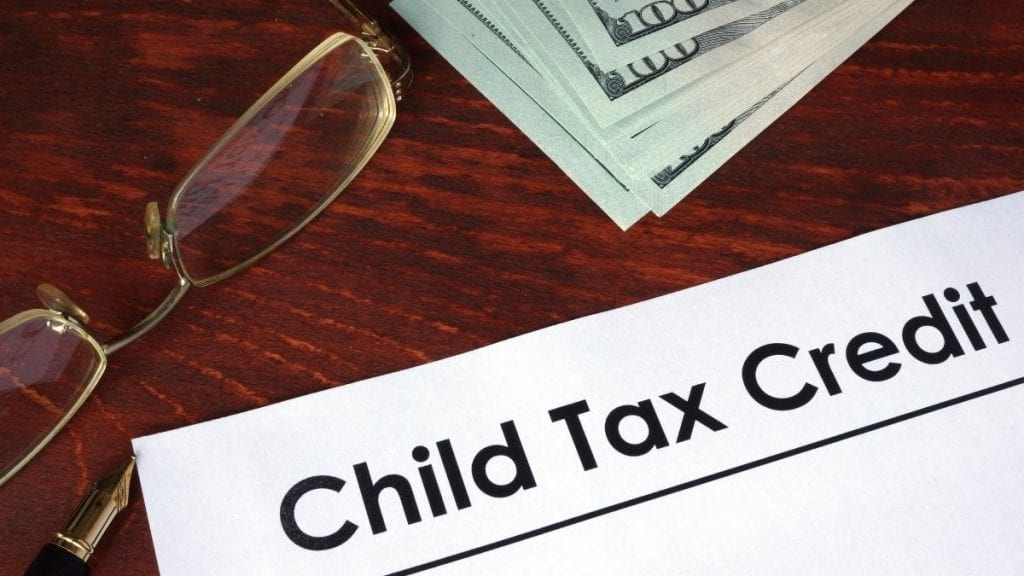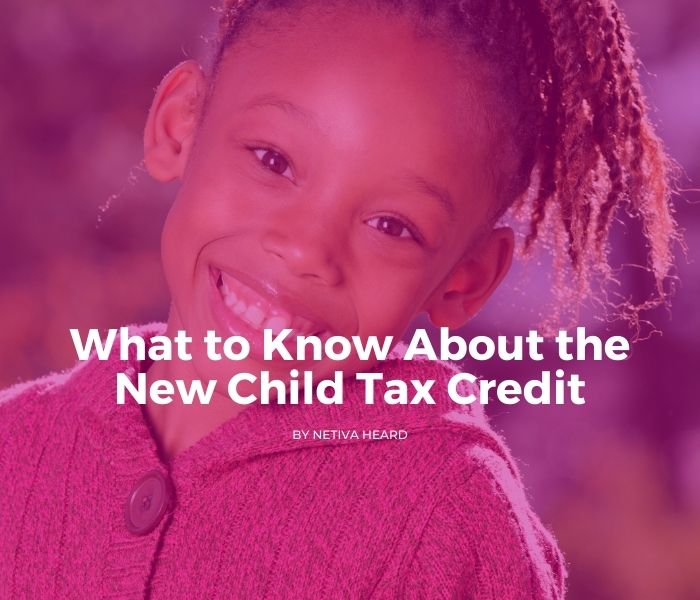For families with children up to 17 years old, more pandemic financial relief is coming. The Biden administration recently announced an expanded child tax credit that begins in July. It allows families to take advantage of a large slice of the tax credit before they file their 2021 taxes the following year, and will receive the rest of the credit upon filing.
Not every family will qualify for this tax credit, however. What’s more, the amount of your payment will vary depending on the age of your children.
Here’s what you need to know about the child tax credit, whether you might qualify, and when to expect your first direct payment.
New Child Tax Credit Overview

The new child tax credit is a temporary enhancement of the current child tax credit. It was established to provide additional funds to families in light of the pandemic to help offset childcare expenses and other needs. The amount of the credit has been increased from a maximum of $2,000 per child under the age of 17 to a maximum of $3,600 (more details on this in the following section).
It’s estimated that the newly expanded credit will lift half of children out of poverty.
Unlike the 2020 child tax credit that was only partially refundable, this newly expanded credit will be fully refundable, dollar for dollar. This is good news for families that might not have any earned income for 2021 or who might not have earned enough to pay taxes in the first place. They can still receive the full credit in the form of a refund.
Payments are scheduled to begin on July 15. Families will receive up to $300 each month on the 15th through December 2021 for children ages 0 to 5 and up to $250 per month for children ages 6 to 17. The tax credit expires after December 2021, but Congress is currently considering expanding the credit for an additional four years.
Based on current data, more than 90% of families with children will qualify for the child tax credit benefits, affecting more than 39 million households and 65 million children.
How Much Money Will I Receive with the Child Tax Credit?
The child tax credit amounts range from $2,000 to $3,600 per child, depending on the age of the child and the adjusted gross income of the taxpayer(s).
| Age of Child | Maximum Tax Credit |
| 0-5 years old | $3,600 |
| 6-17 years old | $3,000 |
| 18 years old | $500 |
| 19-24 years old and enrolled full-time in college | $500 |
For example, a family with a 3-year-old and a 6-year-old could receive a maximum of $6,600 under the new tax credit. Some of these funds will arrive each month, while the remainder will be available upon filing the next year’s tax return.
Do I Qualify for the Child Tax Credit?
While the majority of American families will qualify for the tax credit, not everyone will. Here’s the breakdown to receive the maximum amount:
| Tax Filing Status | Adjusted Gross Income Threshold |
| Individual Taxpayers | $75,000 |
| Head of Household | $112,500 |
| Married Filing Jointly | $150,000 |
The amount of the tax credit begins to phase out at the threshold. After $240,000 for single filers or $440,000 for married filers, the tax credit will phase out altogether. Adjusted gross income within the range will receive a partial tax credit. Payments are reduced by $0.05 per dollar above the threshold.
If you did not file a tax return for 2020, you will need to file a return in order to be eligible for any part of the child tax credit.
Other eligibility requirements include:
- The child must have a social security number (no ATIN numbers) and be a US citizen
- The child must live with the parent claiming the credit 6+ months out of the year
- Divorced parents who share custody of a child may not both claim the credit
- Married couples filing jointly must have at least one parent who is a US citizen with a social security number
For more details, see your tax professional.
How to Claim the Remainder of the Child Tax Credit

The monthly payments from July to December will account for half of the child tax credit. The remainder of the credit will be available as a dollar-for-dollar credit when you file your taxes. If you overpaid on taxes, the credit will be issued as part of your refund. If you owe taxes, your credit will help to reduce the amount you owe.
What to Do Next
For the most part, families do not need to take any action to receive their payments. Just like the stimulus checks, payments will be directly deposited into the tax filer’s bank account or sent via paper check or prepaid debit card.
However, if you did not file a tax return for 2020 and may be eligible for the child tax credit, you will need to file a return in order to receive the funds.
Now that you may have more money coming into your bank account, now is a good time to brush up on your financial wellness. Check out our free online financial resources to help you reach your goals.
Next question: Should you opt out of receiving the advanced child tax credit payments? Check out our next blog that weighs the pros and cons.










2 Responses
Wondering about opting out – pros & cons….also had a baby this year
Hi! I wrote a 2nd one on opting out here: https://thefrugalcreditnista.com/2021/06/24/opt-out-child-tax-credit/